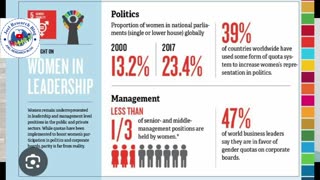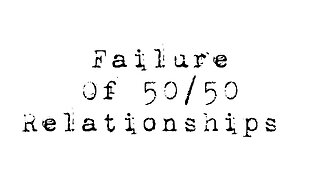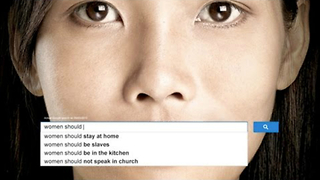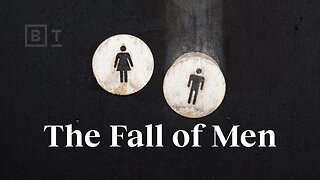Gender Inequality Index by Country and World 1990-2021
This bar chart race shows the Gender Inequality Index by country and world from 1990 to 2021. The scale is from 0 to 1, where higher values indicates higher inequalities.
Gender inequality remains a pervasive issue across the globe, impacting social, economic, and political spheres. The UNDP's Gender Inequality Index is a groundbreaking tool that measures the disparities between men and women in three key dimensions: reproductive health, empowerment, and labor market participation/economic status. By understanding the GII, we can gain invaluable insights into the progress made, challenges faced, and the way forward towards gender equality.
REPRODUCTIVE HEALTH, the first dimension of the GII, assesses maternal mortality rates and adolescent birth rates, reflecting the challenges women face during pregnancy and childbirth. This indicator highlights the urgent need for improved healthcare infrastructure, access to family planning services, and comprehensive sexual education to ensure women's reproductive rights are protected.
EMPOWERMENT, the second dimension, focuses on women's participation in politics and decision-making roles, as well as their educational attainment. By analyzing women's representation in parliaments and their access to higher education, the GII exposes the persistent barriers that hinder women from achieving their full potential. Breaking these barriers requires addressing societal norms, promoting gender-responsive policies, and empowering women to pursue leadership positions.
The third dimension of the GII revolves around women's labor market participation and ECONOMIC STATUS. This indicator reveals disparities in employment rates and the type of work women engage in, emphasizing the need for equal opportunities and fair wages. Addressing gender stereotypes, promoting workplace inclusivity, and implementing policies that promote work-life balance are key to bridging this gap.
Now, you might be wondering about the significance of the GII and its impact on societies. The GII serves as a wake-up call, exposing the wide-ranging effects of gender inequality. It highlights that gender inequality not only infringes upon women's rights but also hampers overall development, economic growth, and social progress. Achieving gender equality is not just a matter of justice; it is essential for creating inclusive, thriving societies for everyone.
While progress has been made in certain areas, significant challenges persist. By examining the GII, policymakers, civil society, and individuals gain valuable insights that inform evidence-based strategies and interventions. Creating gender-responsive policies, ensuring access to quality education, promoting women's economic empowerment, and fostering an inclusive culture are key steps towards achieving gender equality.
In conclusion, the Gender Inequality Index, as presented in the UNDP Human Development Report, offers a comprehensive assessment of the status of gender inequality worldwide. By understanding the GII and its dimensions, we can collectively work towards dismantling barriers and fostering a society where everyone, regardless of gender, can thrive.
Data source: UNDP, Human Development Report (2021-22)
Music: Jaxsyn - Melancolia
https://soundcloud.com/lalason/melancolia
Special background effect by Vedan Media
https://www.youtube.com/@vedanmedia
Data visualization created with flourish.studio
-
 1:03
1:03
Newsy
6 years agoIceland Is Taking On The Gender Pay Gap Like No Other Country
831 -
 13:01
13:01
Cyzy
11 months agoGender Pay Gap | Demolish with ONE Fact
27 -
 0:10
0:10
InfoUniverse: What do You Want to Know? Join our channel!
10 months agoGender Pay Gap: Pay Paradox: Bridging the Gap in Gender Equality Fact #15 #shorts
19 -
 15:48
15:48
Dr Lamba's Awakening Call
1 year agoGender Parity-India Shows the Way
1 -
 10:02
10:02
Joelresearchblog
1 month agoWomen in Politics and Gender Equality in Africa.
14 -
 2:18
2:18
Newsy
4 years agoReport: Global Gender Equality Is 100 Years Away
68 -
 1:38
1:38
Weirdquestions
3 months agoNo DEMOCRACY for WOMEN here
98 -
 1:25
1:25
JbQuinnon
1 year agoThe Fight for Gender Equality: A Look at the Unfair Disparity in Modern Relationships
29 -
 5:12
5:12
alltime10s
7 years ago10 Most Sexist Countries
226 -
 15:06
15:06
bigthinks
1 year agoMale inequality, explained by an expert | Richard Reeves
13